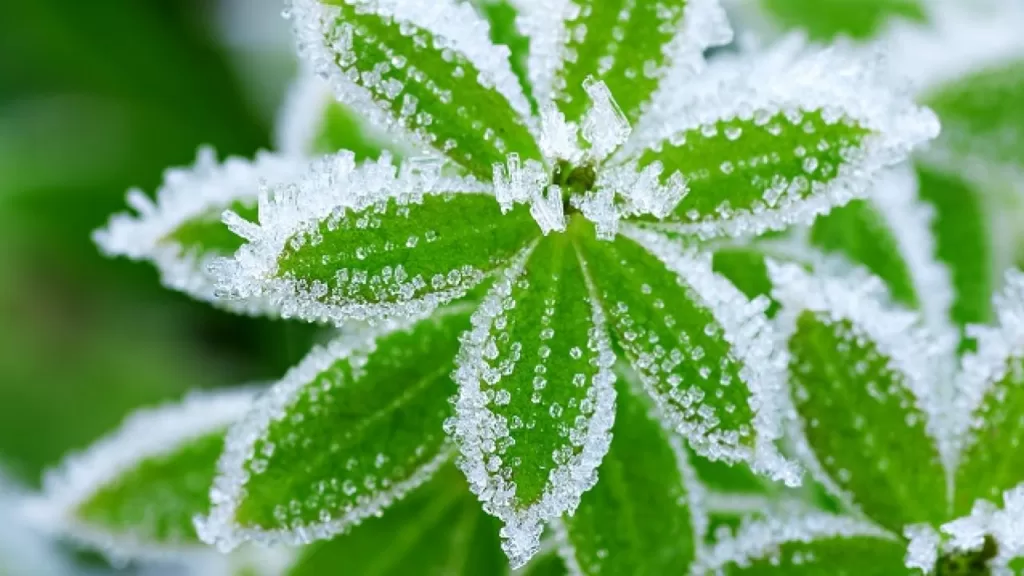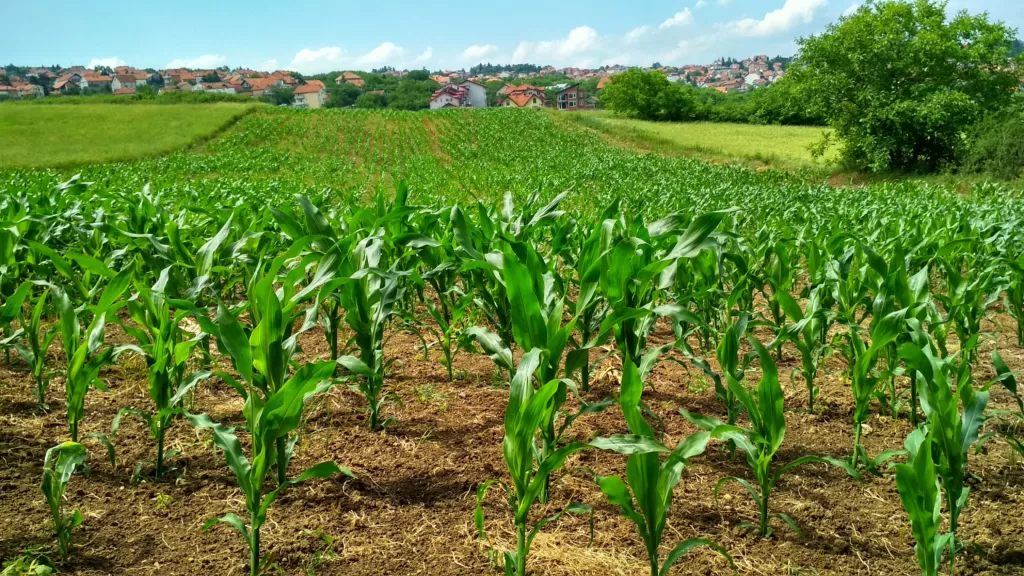Soil erosion can have significant negative impacts on American farming. Erosion can lead to a loss of fertile topsoil, which is the layer of soil that is most capable of supporting plant growth. This loss of topsoil can make it more difficult for farmers to grow crops and can decrease crop yields. In addition, erosion can wash away nutrients that are essential for plant growth, further reducing crop yields. Erosion can also lead to an increase in sediment in rivers and streams, which can negatively impact water quality and the habitat of aquatic organisms. Finally, soil erosion can contribute to air pollution, as the particles of eroded soil can become suspended in the air and be inhaled by humans.
There are several causes of soil erosion on American farmlands. One of the main causes is the loss of vegetation, such as trees and grasses, which can help to anchor the soil in place and prevent erosion. This loss of vegetation can be caused by a variety of factors, including urbanization, agriculture, and natural disasters. Another cause of soil erosion is poor land management practices, such as overgrazing, which can lead to the depletion of vegetation and an increase in erosion. Additionally, soil erosion can be caused by extreme weather events, such as heavy rainfall or wind, which can wash away or blow away the topsoil. Finally, soil erosion can be caused by the use of certain farming practices, such as tillage, which can expose the soil to erosion.
There have been many research studies conducted on soil erosion in American farmlands. Some research has focused on the impacts of soil erosion on crop yields and the economic costs of erosion to farmers. Other research has examined the effectiveness of various soil erosion control measures, such as terracing, contour plowing, and the use of cover crops, in reducing erosion on farmlands. Additionally, there have been numerous studies on the environmental impacts of soil erosion, including its impact on water quality, air quality, and the habitat of aquatic organisms. Finally, there has been research on the social and cultural impacts of soil erosion, including its effects on the livelihoods and well-being of farmers and communities that rely on agriculture.
The rate of soil erosion in the Midwest of the United States is 10 to 1,000 times higher than it was before modern agricultural techniques took over the region, according to research from the University of Massachusetts. According to the study, soil erosion rates before to the development of modern agriculture were significantly lower than what the United States Department of Agriculture, or USDA, today considers to be an acceptable level.
Native to Iowa, Larsen added that the vulnerability of agricultural production and worries about groundwater pollution are just two examples of how the erosion of soil is an issue. According to him, manmade chemicals like fertilisers and pesticides have replaced the Midwest’s famedly rich soil, which has been degrading.
The Midwest has lost twice as much soil over the previous 160 years, according to a different study by Larsen that was published earlier this year. This rate is double what the USDA considers to be acceptable.
Researchers at the University of Massachusetts developed a technique for gathering information on the amount of soil that has been lost since the Earth’s surface was first disturbed by large-scale machines and humans.






